Question regarding what color to paint pine floors 1880 house
Carol
12 years ago
Related Stories
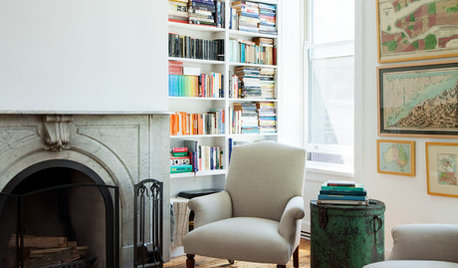
HOUZZ TOURSHouzz Tour: Loving the Old and New in an 1880s Brooklyn Row House
More natural light and a newly open plan set off furnishings thoughtfully culled from the past
Full Story
FEEL-GOOD HOMEThe Question That Can Make You Love Your Home More
Change your relationship with your house for the better by focusing on the answer to something designers often ask
Full Story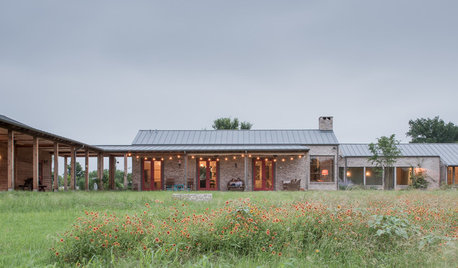
RANCH HOMESHouzz TV: An 1880s Texas Fort Influences a New Forever Home
See how this just-built Texas ranch home captures the look of history
Full Story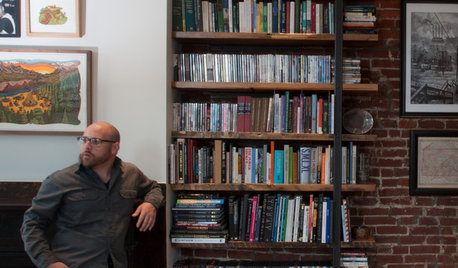
LOFTSMy Houzz: Reclaimed Style in an 1880s Loft
Budget-friendly finishes, books, vintage games and "big, cluttered art" warm up a 2-bedroom apartment in a historic Pittsburgh loft
Full Story
MOVINGHiring a Home Inspector? Ask These 10 Questions
How to make sure the pro who performs your home inspection is properly qualified and insured, so you can protect your big investment
Full Story
REMODELING GUIDESConsidering a Fixer-Upper? 15 Questions to Ask First
Learn about the hidden costs and treasures of older homes to avoid budget surprises and accidentally tossing valuable features
Full Story
LIGHTING5 Questions to Ask for the Best Room Lighting
Get your overhead, task and accent lighting right for decorative beauty, less eyestrain and a focus exactly where you want
Full Story
EXTERIORSCurb Appeal Feeling a Little Off? Some Questions to Consider
Color, scale, proportion, trim ... 14 things to think about if your exterior is bugging you
Full Story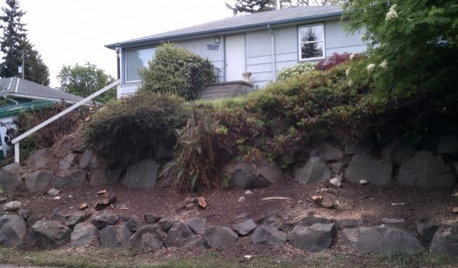
Design Dilemmas: 5 Questions for Design Stars
Share Your Design Know-How on the Houzz Questions Board
Full Story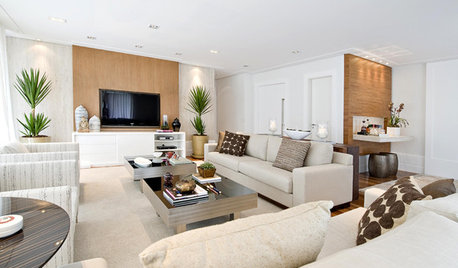
Today's Question: TV Fireplace Dilemma
Should the TV Go Above the Fireplace — or Not? Have Your Say!
Full Story









antiquesilver
columbusguy1
Related Professionals
Beavercreek Kitchen & Bathroom Designers · Portland Kitchen & Bathroom Designers · Riviera Beach Kitchen & Bathroom Designers · Springfield Kitchen & Bathroom Designers · Artondale Kitchen & Bathroom Remodelers · Auburn Kitchen & Bathroom Remodelers · Chicago Ridge Kitchen & Bathroom Remodelers · Honolulu Kitchen & Bathroom Remodelers · Rancho Palos Verdes Kitchen & Bathroom Remodelers · South Barrington Kitchen & Bathroom Remodelers · Central Islip Architects & Building Designers · Dayton Architects & Building Designers · Fayetteville Architects & Building Designers · Parkway Architects & Building Designers · River Edge Architects & Building DesignersCarolOriginal Author
xoldtimecarpenter
lynxe
sombreuil_mongrel
old_house_j_i_m
aprilwhirlwind